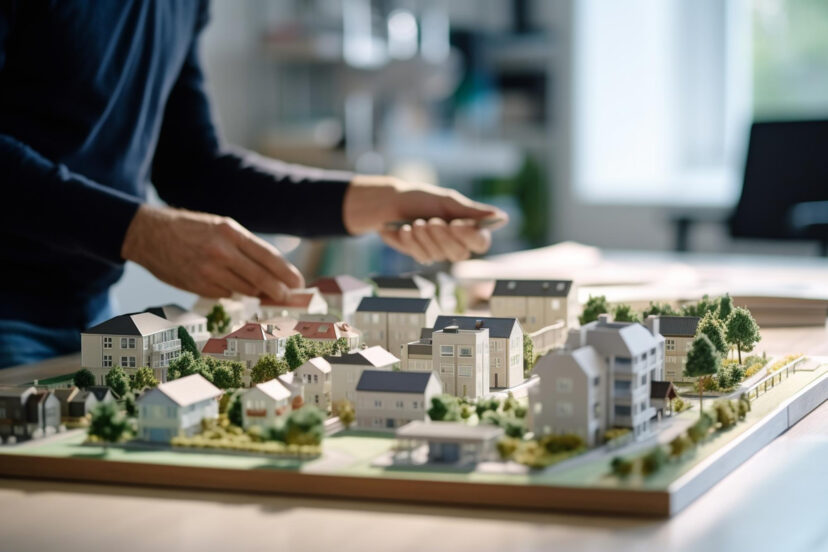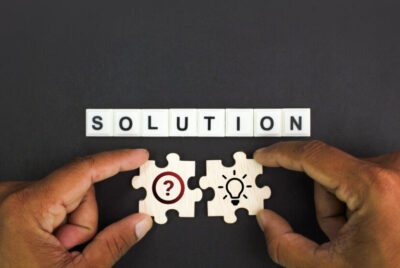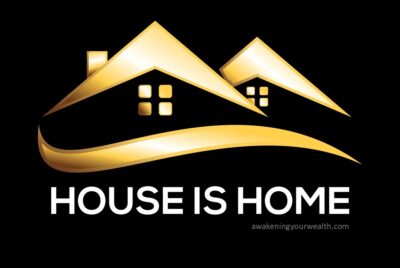What Is Urbanization?
Picture this: a world where towering skyscrapers pierce the clouds, where millions of people navigate bustling streets, and where innovation pulses through every neighbourhood. This is urbanization in action – one of humanity’s most remarkable transformations. But what is urbanization, really, and why does it matter so profoundly to our past, present, and future?
The Essence of Urbanization: More Than Just City Growth
At its heart, urbanization represents humanity’s gradual shift from rural to urban living. But it’s far more than just people moving to cities – it’s a complete metamorphosis of how we live, work, and connect with one another. This fascinating process reshapes not just our physical environment, but our entire social fabric, from how we earn our living to how we build communities.
Think of urbanization as a powerful river, constantly flowing and reshaping the landscape of human civilization. Each tributary represents a different aspect of society – economics, culture, technology, and social relationships – all converging to create the mighty stream of urban life we experience today.
A Journey Through Time: How Cities Shaped Human History
Our urban story begins in the cradles of civilization. Picture the ancient cities of Mesopotamia, where the first urban dwellers walked streets that would lay the foundation for modern city life. These early urban centers weren’t just places to live – they were vibrant hubs where trade flourished, religions took root, and the first systems of governance emerged.
Fast forward to the Industrial Revolution, and witness perhaps the most dramatic chapter in urbanization’s story. As factory chimneys rose against the sky, they beckoned millions from rural areas with promises of new opportunities. This period didn’t just change where people lived – it revolutionized how they lived, creating the template for modern urban life.
The Modern Urban Landscape: A Complex Tapestry
Today’s cities paint a picture of both triumph and challenge. They’re technological marvels where:
Digital innovation transforms everyday life through smart city initiatives
Sustainable solutions emerge to combat environmental challenges
Cultural diversity creates rich, vibrant communities
Economic opportunities spark continuous innovation and growth
What Drives People to Cities? Understanding the Magnetic Pull
The Economic Engine
Cities continue to act as powerful economic magnets, offering:
Professional opportunities that span countless industries and sectors
Higher earning potential compared to rural areas
Access to educational resources and skill development programs
Dense networks of markets and business opportunities
Platforms for entrepreneurship and innovation
The Technological Revolution
Modern urban centers leverage technology in ways that transform daily life:
Advanced transportation systems that connect communities
High-speed digital networks that keep people connected
Automated services that make life more convenient
Smart infrastructure that responds to citizens’ needs
Cutting-edge healthcare facilities that save lives
The Cultural Mosaic
Urban life creates a rich tapestry of human experience through:
Diverse cultural celebrations and events
World-class educational institutions
Entertainment options for every interest
Vibrant social networks and communities
Modern amenities that enhance quality of life
The Environmental Challenge: Balancing Growth with Sustainability
Climate Impact and Urban Heat
Cities significantly influence our planet’s climate through:
Increased energy consumption patterns
Urban heat island effects that alter local temperatures
Changed precipitation patterns affecting regional weather
Modified local ecosystems and biodiversity
Resource Management
Modern cities face critical challenges in managing:
Water resources in increasingly populous areas
Waste disposal and recycling systems
Energy consumption and distribution
Air quality and pollution control
The Social Dimension: How Urbanization Shapes Human Connection
Community Transformation
Urban environments reshape how we connect with others through:
Evolution of family structures and support systems
New forms of community engagement and belonging
Changed social dynamics and relationships
Cross-cultural interactions and understanding
Economic and Social Justice
Cities grapple with important equity issues including:
Income inequality and wealth distribution
Housing affordability and access
Equal access to services and opportunities
Social integration and inclusion
Cultural Evolution
Urban life influences how we develop and express our identities through:
Cultural adaptation and exchange
Formation of new identities and communities
Evolution of social norms and values
Diverse lifestyle choices and expressions
Building Sustainable Urban Futures
Smart Planning Solutions
Modern urban development requires:
Mixed-use spaces that maximize land use
Transit-oriented development that reduces car dependency
Green space integration for environmental health
Pedestrian-friendly design that promotes community
Technological Integration
Cities are embracing technology through:
Internet of Things (IoT) solutions for better service delivery
Data analytics for improved decision-making
Digital public services that enhance efficiency
Smart grid systems for better resource management
Community Engagement
Successful urban development depends on:
Active community participation in planning
Robust feedback systems for improvement
Local stakeholder involvement in decisions
Effective public-private partnerships
The Road Ahead: Future Trends in Urban Development
Technological Evolution
Tomorrow’s cities will be shaped by:
Artificial Intelligence integration in city services
Revolutionary transportation systems
Smart infrastructure networks
Enhanced digital service delivery
Environmental Considerations
Future urban development must prioritize:
Climate resilience in city design
Sustainable development practices
Green technology integration
Efficient resource management
Social Innovation
Urban futures will feature:
Novel housing solutions for growing populations
Community-based problem-solving approaches
Enhanced cultural integration strategies
Robust social support systems
Meeting Tomorrow’s Challenges
Managing Growth
Cities must carefully balance:
Population expansion with infrastructure capacity
Development needs with environmental protection
Resource consumption with sustainability
Economic growth with social equity
Ensuring Equity
Urban development should prioritize:
Equal access to opportunities
Social inclusion and integration
Economic fairness and opportunity
Cultural representation and preservation
Conclusion: Embracing Our Urban Future
What is urbanization? It’s the story of humanity’s greatest achievement and most significant challenge rolled into one. It’s the tale of how we’ve transformed from scattered settlements to interconnected urban networks that house most of the world’s population. But more than that, it’s our collective journey toward creating environments that nurture human potential while preserving our planet’s resources.
As we look to the future, the success of our cities will depend on how well we balance growth with sustainability, innovation with inclusion, and development with preservation. By understanding urbanization’s complexities and challenges, we can work together to create urban spaces that don’t just house people, but truly serve as cradles of human flourishing for generations to come.
Our urban future holds both immense challenges and incredible opportunities. By embracing smart solutions, fostering inclusive communities, and prioritizing sustainability, we can build cities that not only survive but thrive – creating spaces where every resident can pursue their dreams while contributing to the collective good of society.




